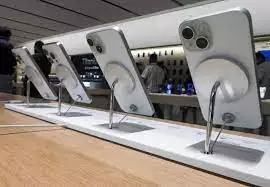The news that Amazon is preparing to close all of its Amazon Fresh stores in the UK, just four years after launching its first outlet in London, underlines a fundamental truth in food retail: scale and store numbers remain crucial to survival.
Despite its reputation as one of the world’s most powerful technology companies, Amazon has struggled to make its cashier-free, “Just Walk Out” grocery model work in Britain. While innovative, the concept was not enough to challenge the deep-rooted dominance of traditional supermarkets such as Tesco, Sainsbury’s, Asda, and Aldi. These retailers have hundreds, even thousands, of outlets across the country, meaning they remain within easy reach of consumers wherever they live or work.
Amazon, by contrast, was working with fewer than 20 Fresh stores nationwide. That limited presence not only restricted consumer familiarity with the brand but also hampered efficiency in logistics, marketing, and supply chain management. In food retail, where margins are already razor thin, the ability to spread costs across a wide network of outlets can be the difference between profit and loss.
The failure also points to a broader industry challenge: innovation alone cannot replace presence. Shoppers may appreciate frictionless checkout technology, but when they have to go out of their way to find a store, convenience quickly evaporates. UK supermarkets have built trust and loyalty not just through pricing and promotions but also by being everywhere — on the high street, in suburban centres, and near petrol stations.
Amazon’s pivot back towards online grocery, delivery, and partnerships with established retailers signals that even a giant of e-commerce has recognised the importance of store density. In food retail, the more stores you have, the bigger your chance of survival. Without the physical footprint to compete, even the most ambitious tech-led experiments can falter.
For the UK grocery market, the message is clear: in a sector defined by daily purchases, location and accessibility remain more powerful than novelty.

